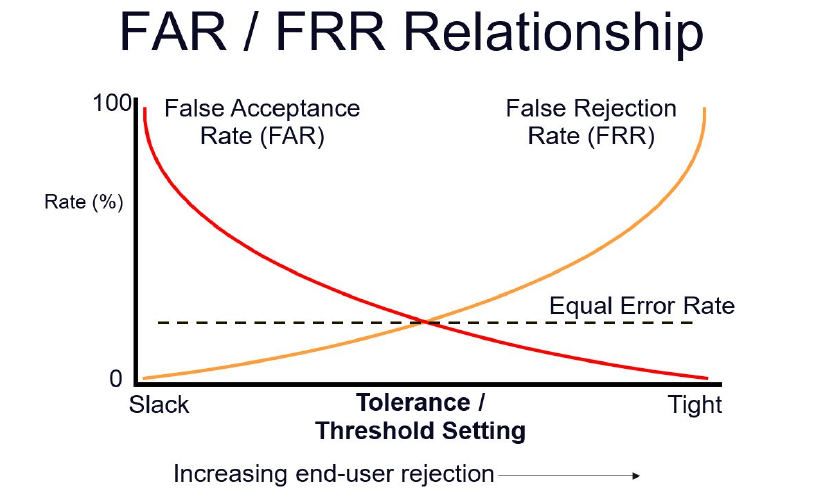1.18. Authentication #
Authentication Methods #
There are three main approaches to authentication:
- Something the user knows (e.g. passwords and PINs)
- Something the user has (e.g. a card or token)
- Something the user is (e.g. a biometric)
Traditional Passwords #
- A password is the most commonly used means of authentication in digital systems
- Advantages:
- Conceptually simple for designers and users
- Can provide good protection if used correctly
- Disadvantages:
- Protection is often compromised by users
Bad Password Behaviour #
- Badly selected, e.g. too short, dictionary words, personal data
- Written down
- Infrequently changed
- The same for multiple systems
- Share them
- Forget them
- Only required at the start of a session
Attacking Passwords #
- Shoulder surfing
- Phising
- Keylogger attack
- Password cracking
Improving Password Ssytems #
- Educating users with better password practice
- Using stronger passwords
- Identifying phishing attacks
- Not reusing passwords
- From system administrator’s perspective:
- Password filtering - password blacklists
- Throttle login attempts
Current Password Guidance #
National Cyber Security Centre (NCSC) recommends using three random words as a password. This is:
- Generally longer than most normal passwords
- Self explanatory and easy to follow
- Combinations are more likely to new passwords
- Easy for users to remember
Passwords should never be stored in plaintext and should be salted and hashed.
Salts #
A salt is a large, random value used to randomise the output of a password hash.
Problems with salts:
- Salt reuse: If every use has the same salt added then security is substantially reduced if any one user’s password is cracked.
- Short salts: Short salts are insufficient to increase password security
Token-based Authentication #
- Based upon possession of a physical identifier
- Could be software based or hardware based
- Examples:
- Smart cards (e.g. Chip and PIN, contactless)
- Code generators (e.g. HSBC’s Secure Key)
- Phone Apps
- Often combined with secret knowledge to form a 2-stage authentication
- Advantages:
- An attacker must counterfeit or steal a token before gaining access
- Illegal possession of a token can be used as evidence
- Users cannot (easily) share their access privileges
- Increased awareness of likely compromise
- Disadvantages:
- Users always need to carry the token with them
- Tokens can still be lost, stolen, run out of battery
- Could be expensive to implement
- May require some amount of user training
Biometric Authentication #
- Uses a user’s physical characteristics or bahavioural traits
- Common biometric markers:
- Retina scan
- Fingerprint
- Voice print
- Signature dynamics
- Face
Error Rates #
False Acceptance Rate (FAR) is the probability that a biometric system incorrectly matches a biometric sample with a non-matching template. False Rejection Rate (FRR) is the probability that a biometric system fails to match a user’s sample with a matching template.
